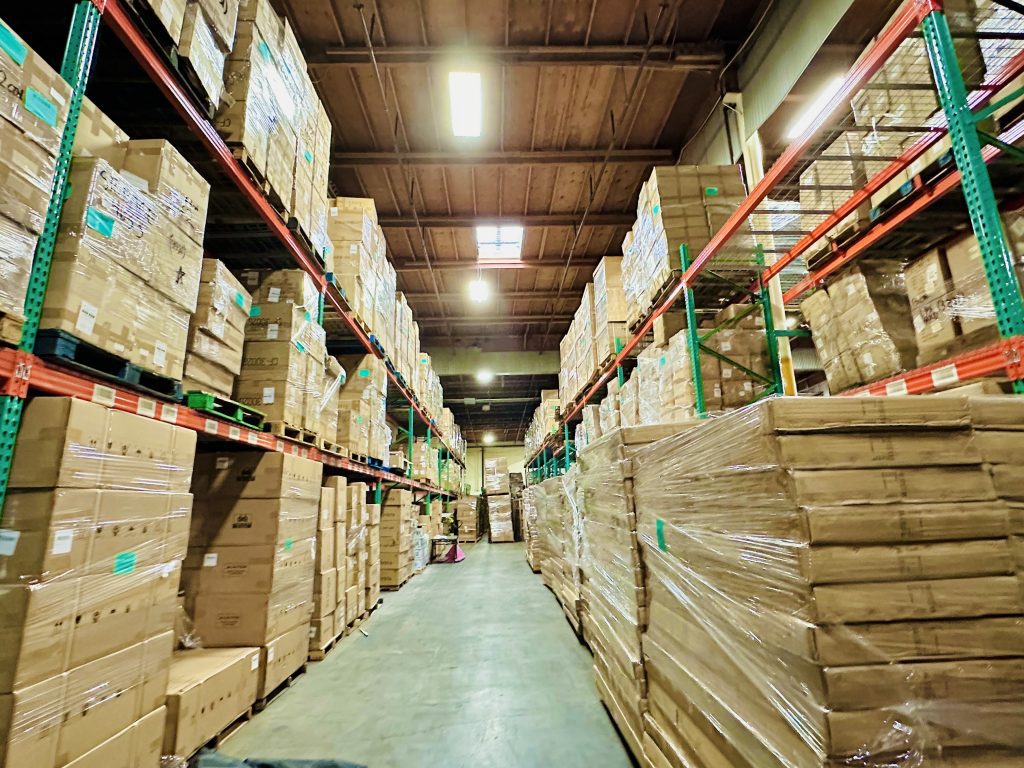Hoarding Wave Sweeps U.S. as Businesses and Consumers Come Together
According to U.S. news site Business Insider, Barba, the owner of a small business that produces eco-friendly cups, has become one of the many business owners affected by this wave of hoarding. She imports most of her raw materials from abroad and is currently considering purchasing a full year’s worth of inventory in advance. Not only does this mean taking on huge financial pressure – expected to cost as much as 200,000 U.S. dollars (equivalent to about 1.446 million yuan) – but it also includes the cost of additional storage space. However, in her view, it is a necessary move to avoid future price shocks from higher tariffs.
Meanwhile, Los Angeles-based home appliance company Yedi is also responding aggressively, with Yedi executives saying that many of their products are manufactured overseas. They’ve been gearing up for the past six months, grabbing appliances from overseas and stocking up ahead of time while it’s still affordable.
The intertwining of corporate and consumer hoarding behavior creates a powerful force.All kinds of goods, from cosmetics and clothing to home appliances and food, are being hoarded in large quantities.Social media was abuzz with hoarding videos, and panic spread quickly in the comments section.
The industry chain is affected, chemical prices climbed sharply
China and the United States as the two giants of global manufacturing and consumption, the close trade links are self-evident. The United States of America’s hoarding wave quickly transmitted to the entire industrial chain, the upstream plastics, metals and other raw materials market quickly responded. According to industry data, the chemical raw material MDI prices in November showed an overall upward trend. Among them, the average price of pure MDI industry, rose 210 yuan / ton. PA66, PS, ABS, SAN and other chemicals prices also climbed sharply, the price changes in these raw materials will be electronics, automobiles, home appliances, and many other industries that rely on them to produce a chain reaction.
Domestic market is ready to go, driven by favorable policy and demand
U.S. businesses and consumers hoarding behavior is expected to lead to a surge in U.S. foreign trade activity before the end of the year. This buoyant foreign trade activity could have an impact on the pace of interest rate cuts by the Federal Reserve, analysts noted. Meanwhile, a confluence of multiple factors, such as the Trump administration’s inauguration and planned tariff policies, the risk of a strike by tens of thousands of dockworkers at U.S. East ports, and an expected surge in imports ahead of the Lunar New Year, may provide some support to freight rates. The global trade landscape is facing unprecedented challenges and opportunities.
In contrast, although the domestic market seems to be calm, but in fact is actively accumulating many favorable factors. The government’s economic boost and consumption stimulus policies continue to be introduced, and coincides with the end of the year stocking period, demand has become a trend to improve!
Shipping sees another wave of price hikes
Due to the existence of the tax increase is expected, the industry expects the shipping market will appear in the U.S. line rush, which triggered a rise in freight rates. From the performance of the domestic shipping market, shipping futures near-month contract prices have been rising continuously recently, and shipping stocks have risen sharply during the year.
After November 15, the global shipping market, as expected, ushered in a wave of price increases, MSC, Maersk, Duffy, Hapag-Lloyd and other well-known shipping companies have issued a price increase notice, involving Asia to Europe, the Mediterranean Sea, North Africa, Australia, Papua New Guinea, the Solomon Islands, as well as a number of important routes in Africa and so on.
The wave of hoarding triggered by Trump’s impending re-inauguration as US President not only reflects the concerns and responses of US businesses and consumers to the anticipated tariff policy, but also reveals the complexity and dynamics of the global trade arena in the midst of uncertainty.In this context, relevant practitioners need to pay close attention to market dynamics, rational planning of production and procurement plans, overseas warehouse has become an important tool for cross-border sellers to cope with the challenges of rising tariffs!
Overseas warehouses help cross-border sellers meet challenges

WTS U.S. Overseas Warehouse will also fully assist cross-border sellers by providing a full range of logistics services, including one piece delivery, self-pickup, truck delivery, FBA transit, etc., with the aim of helping partners to reduce costs and improve efficiency.


